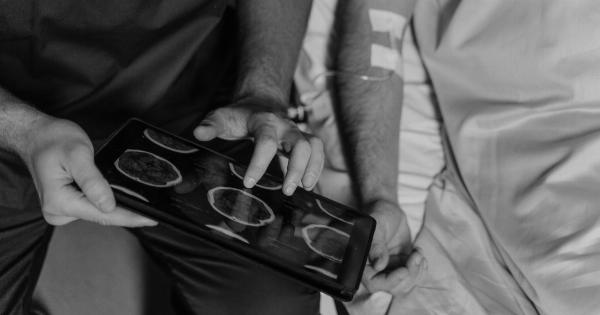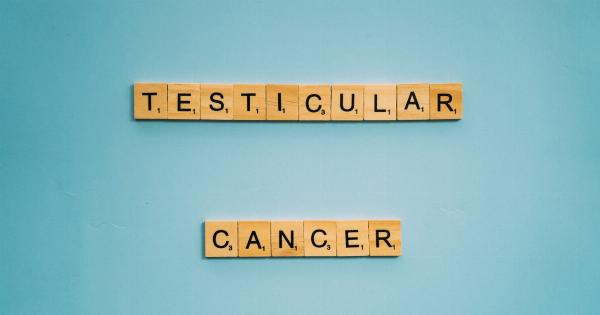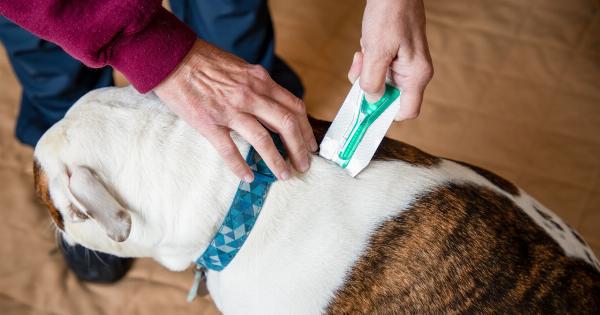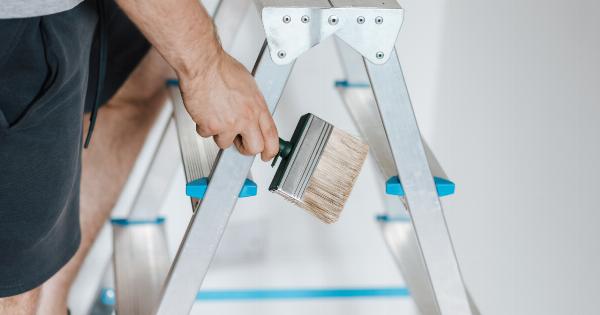Testicular self-exams are a crucial part of men’s health that can help in identifying potential issues and detecting early signs of testicular cancer.
By routinely examining the testicles, men can become more familiar with their own anatomy and spot any abnormalities or changes that may require further medical attention. In this article, we will discuss the importance of testicular self-exams, how to perform them correctly, and when to seek medical help.
Understanding Testicular Cancer
Testicular cancer is a relatively rare but highly treatable form of cancer that typically affects young or middle-aged men. It occurs when abnormal cells grow out of control in one or both of the testicles.
Recognizing the early signs and symptoms of testicular cancer is crucial for successful treatment and overall recovery.
It’s important to note that testicular cancer can occur without any noticeable symptoms. However, some of the common signs to watch out for include:.
- A lump or swelling in either testicle
- Pain or discomfort in the testicles or scrotum
- A sensation of heaviness in the scrotum
- Changes in the shape or size of the testicles
- Pain or a dull ache in the lower abdomen or groin
- Fluid buildup in the scrotum
If you notice any of these symptoms, it is essential to consult a healthcare professional for a thorough examination.
The Role of Testicular Self-Exams
Performing regular testicular self-exams is an effective way to become more familiar with the normal size, shape, and weight of your testicles.
By conducting these exams monthly, you can detect any unusual changes in your testicles early on, which is crucial for early diagnosis and successful treatment of testicular cancer.
Testicular self-exams are simple, quick, and can be done in the privacy of your own home. It involves gently examining each testicle with both hands to check for any irregularities, such as lumps, swelling, or changes in texture.
By doing this, you are taking an active role in your health and increasing the chances of detecting testicular cancer in its early stages.
How to Perform a Testicular Self-Exam
Here is a step-by-step guide on how to perform a testicular self-exam:.
- Find a comfortable place and position, such as in the shower or lying down.
- Hold your penis out of the way and examine one testicle at a time.
- Gently roll each testicle between your thumb and fingers, feeling for any lumps or irregularities.
- Pay attention to the size, weight, and texture of each testicle.
- Repeat the process for the other testicle.
- Be aware of any changes and consult a healthcare professional if you notice anything unusual.
Remember that testicular self-exams should be performed regularly, ideally once a month, to establish a baseline and notice any changes over time. Always consult with a medical professional if you notice any abnormalities or have concerns.
When to Seek Medical Help
While testicular self-exams are an essential part of men’s health, it’s important to remember that they alone cannot provide a definitive diagnosis of testicular cancer.
If you detect any abnormalities during a self-exam or experience any of the symptoms mentioned earlier, it is crucial to seek immediate medical help.
A healthcare professional will conduct a series of tests, including a physical examination, imaging tests, and blood work to establish an accurate diagnosis.
Remember that early detection significantly increases the chances of successful treatment and recovery.
Conclusion
Testicular self-exams play a pivotal role in men’s health. By performing these examinations regularly, men can become more aware of their own anatomy and detect any irregularities or changes that may need further medical attention.
If you notice any abnormalities during a self-exam or experience any symptoms associated with testicular cancer, it is vital to consult a healthcare professional promptly. Remember, early detection is key in the successful treatment of testicular cancer.






























